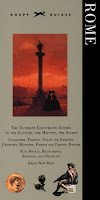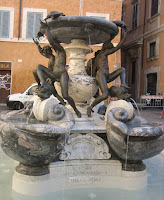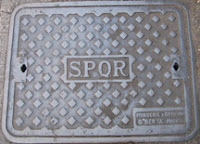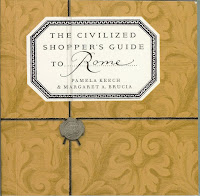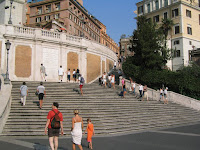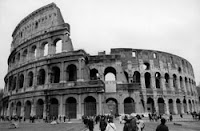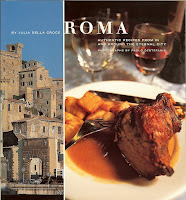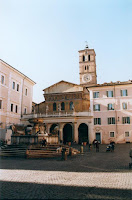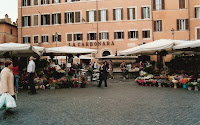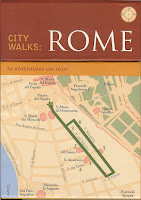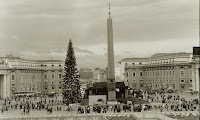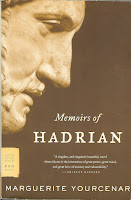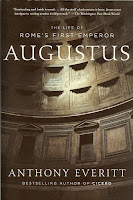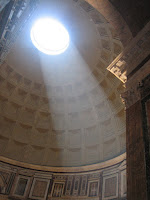La Bocca della Verita
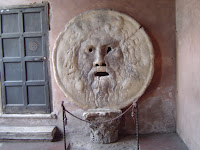
The Mouth of Truth (La Bocca della Verita), made famous by Audrey Hepburn in Roman Holiday , is located in the Greek Orthodox church of Santa Maria in Cosmedin . The church is nestled in the heart of the ancient cattle market, the Forum Boarium. Now this area is a busy spot filled with tourists on their way to the Circus Maximus . The legend is that any liar who puts his hand in the Mouth of Truth will have his hand bitten off! The true story of the Mouth of Truth is that it was probably once a drain cover in this marshy region next to the Tiber which was prone to flooding. The face depicted on the cover belongs to the sea god Oceanus. The church was originally built in the 6th century CE and is named for a quarter in Constantinople, Cosmedin . Be sure to take a peek inside when you visit-you will be amazed by the ancient frescoes and swirling Cosmatesque marble floors.
